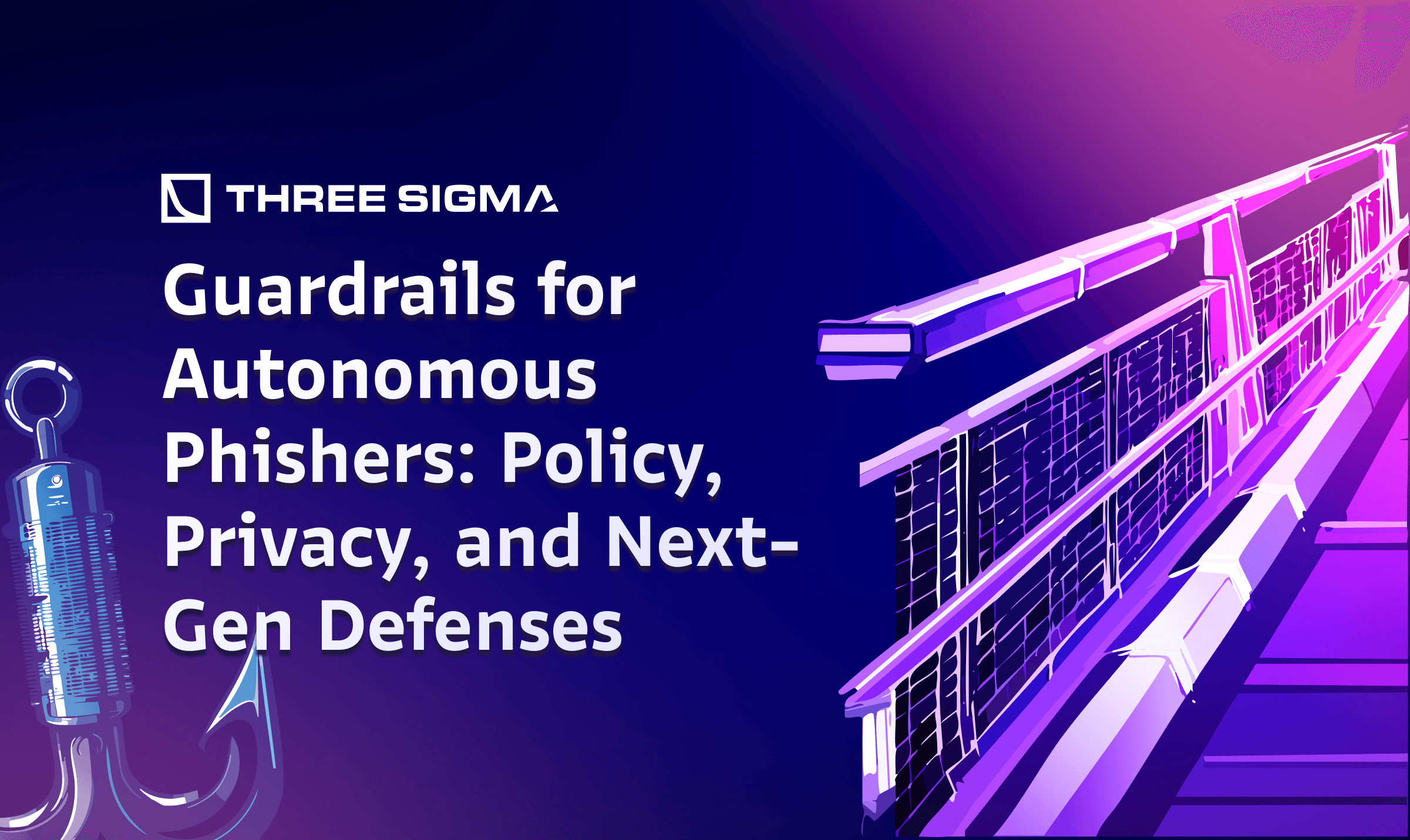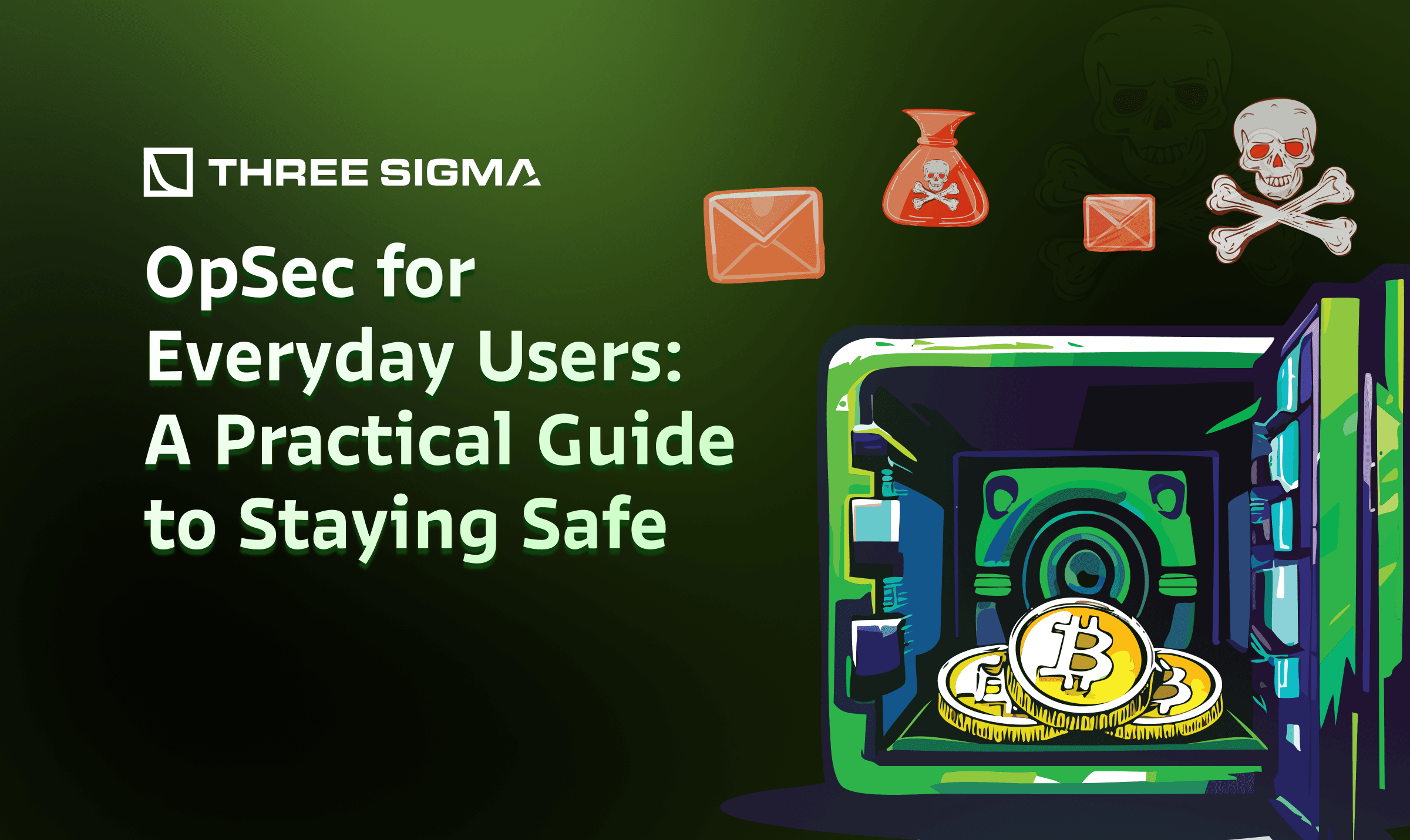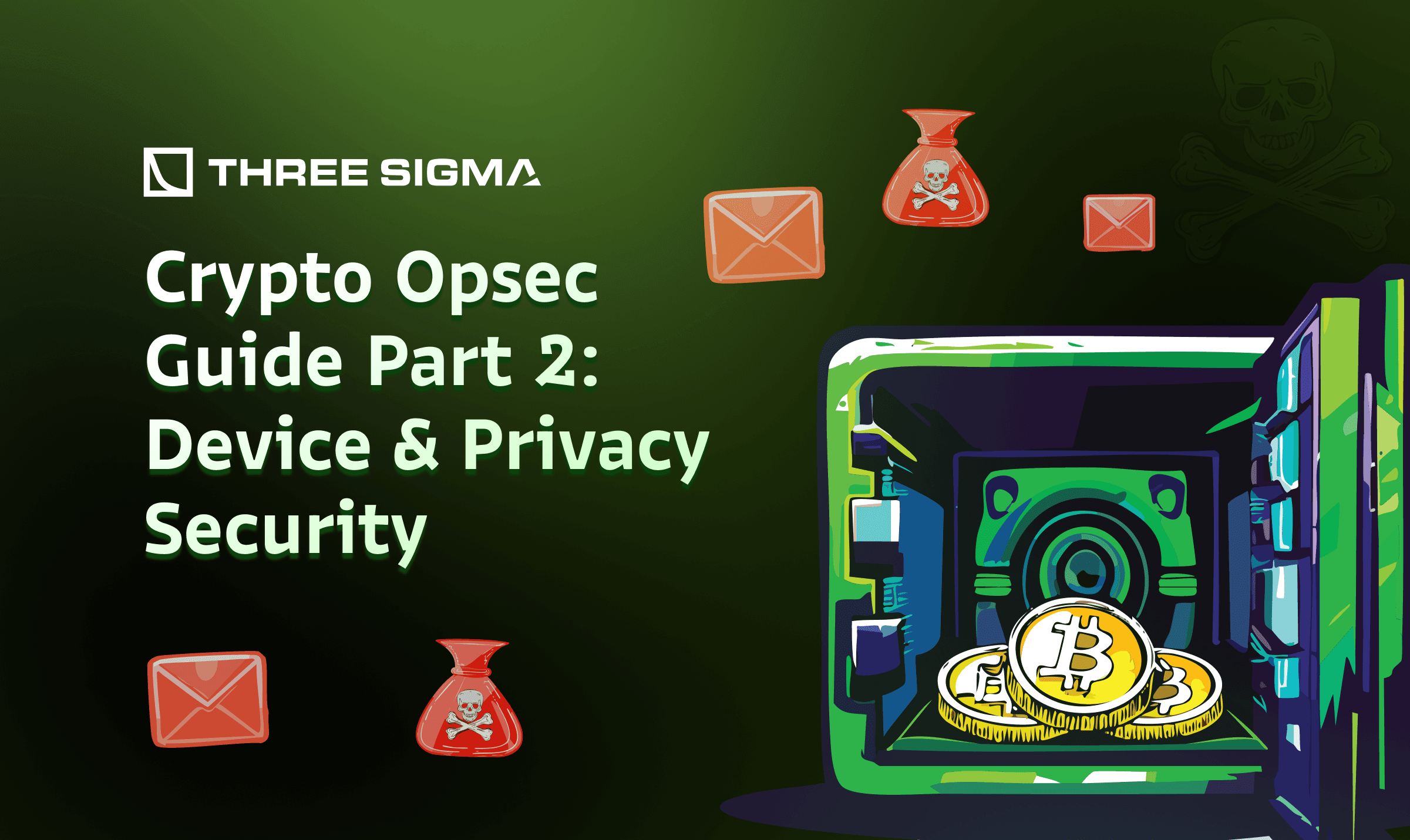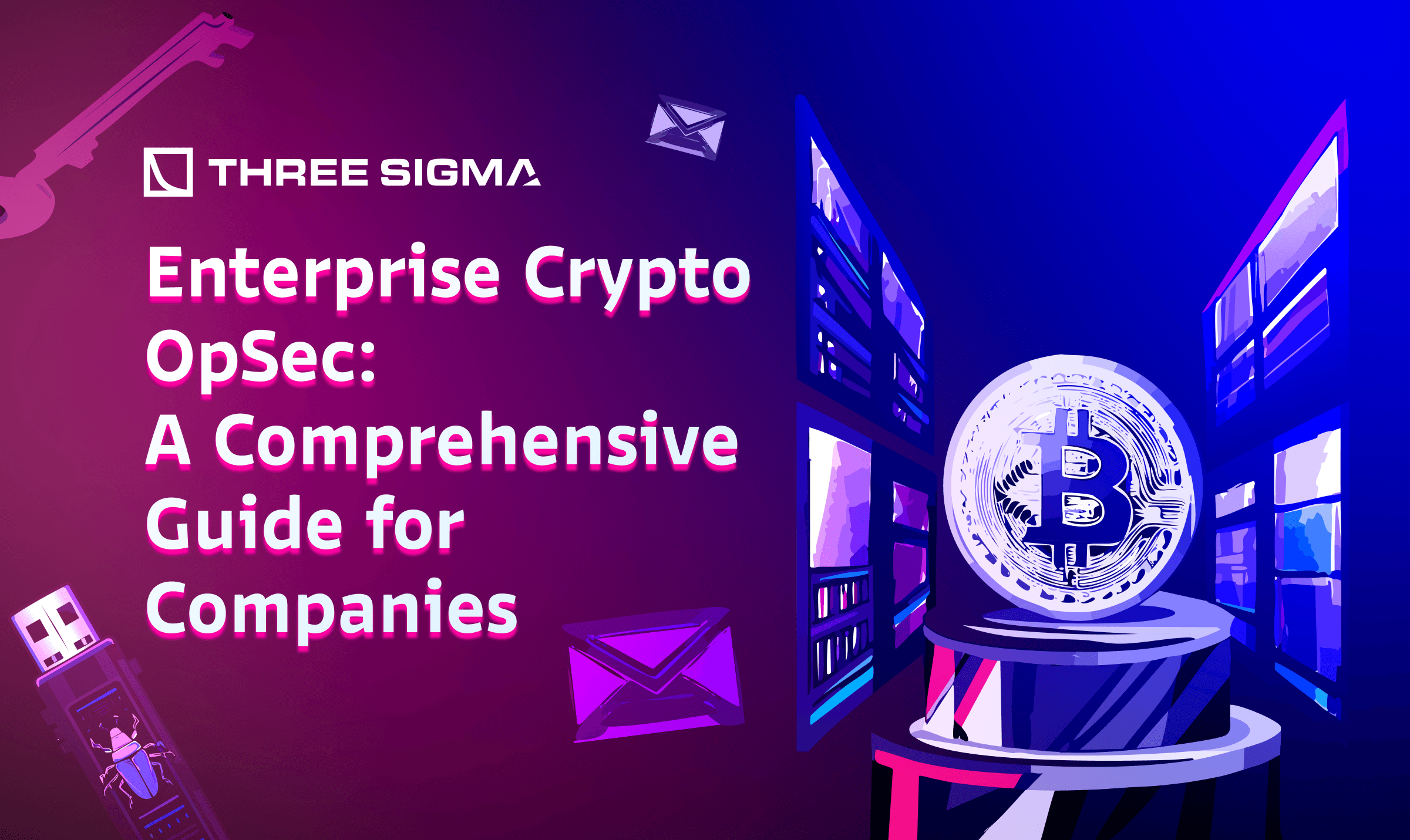AI is reshaping crypto scams faster than laws can keep up. Discover how smarter attacks and new legal challenges are pushing Web3 defenders to innovate, and why it matters to you.
Legal Lag and Smart Contract Liability
As Web3 apps embrace AI tools, even traditional scams are becoming “autonomous”, chatbots that negotiate with you, AI agents that skim your wallet, or self‐evolving phishing sites. Policymakers and engineers alike are racing to catch up. In Europe, the new Markets in Crypto-Assets Regulation (MiCA), which took effect Dec. 2024, already emphasizes fraud prevention and consumer protection in crypto. In the US, Congress is now debating bills like the AI Fraud Deterrence Act, which would dramatically raise penalties for fraud committed with AI (up to $2M fines for AI-assisted bank or wire fraud). Meanwhile, courts are wrestling with who’s liable when code misbehaves. Recent cases show the limits of today’s laws: for example, a Delaware court found that a decentralized governance body (a DAO) could face liability for actions taken by its smart contracts, while a federal appeals court ruled Tornado Cash’s immutable contracts aren’t “owned” by anyone and thus not property under sanction laws. In practice, this means DeFi builders and users need new legal clarity, regulators and judges are being urged to update statutes so that AI or smart contracts don’t create a legal loophole. On June 9 2025, the U.S. SEC signaled its own balancing act, announcing it is working on an “innovation exemption” for DeFi platforms, underscoring that legal guardrails around decentralized systems can shift just as quickly as the technology itself.
Next-Gen Threats: Multi-Agent AI and Quantum Deepfakes
Looking ahead, experts warn that scam tactics will become even more sophisticated by 2026–2030. One emerging risk is multi-agent code-generation attacks. Recent research shows that networks of AI agents (think a “AI task force” deployed by a scammer) can be hijacked by malicious inputs to execute arbitrary code on your machine. In other words, an adversary-crafted webpage or email could trick a multi-LLM system into running malware. Similarly, as quantum computing advances, attackers may blend quantum algorithms with AI to make next-generation deepfakes that are even harder to spot. (Think video “liars” so realistic that even future detectors fail.)
If you’d like to dig deeper into quantum-hybrid diffusion models and their impact on deepfakes, check this 2024 study.
On the defense side, researchers are exploring federated learning for Web3. For example, a 2025 paper demonstrated a fully on-chain federated-learning system: each node (user or validator) trains a local model on its transaction data, then a smart contract aggregates weighted updates across nodes to catch bot activity, all without sharing raw data. This kind of on-chain collaborative AI could empower blockchains to learn complex fraud patterns together, but it also opens new security questions (what if bad actors poison the models?).
Building Security Through Collaboration
No single project or country can tackle these challenges alone. The industry is moving toward shared standards and alliances. For example, the Enterprise Ethereum Alliance has a Crosschain Working Group that is formalizing interoperability and security guidelines for all EVM chains and rollups. One can imagine similar “Web3 Security Consortiums” where chains publish signed threat feeds (attestations of malicious contracts or phishing domains) to a common ledger. Likewise, some teams are building wallet features that verify (or even enforce) contract authenticity, essentially on-chain attestations of approved code. Layer-2 networks are also experimenting with native defenses: e.g. rollup-specific allowlists or built-in “phishing filters” in smart wallets. As these collaborative frameworks mature, they will form a web of mutual defense: shared blacklists, certified audits, and cross-chain incident reporting all working together.
AI-driven agents, regulatory uncertainty, and new attack surfaces demand modern operational security. See how our OPSEC Audit service helps Web3 teams harden internal workflows, secure AI-integrated systems, and protect against next-gen risks.
Call to Action
Defenders must move now. Practitioners should use privacy-preserving telemetry (differential privacy or secure enclaves) when sharing phishing data, and consider publishing AI detection models on-chain only after hardening them against extraction. Audit and clarify smart-contract code to avoid liability gaps. For regulators, push to finalize AI-specific fraud laws (like the AI Fraud Act) and align them with DeFi rules; mandate transparency for AI agents in finance and update MiCA/AI Act guidance for crypto firms. Researchers and standards groups should study autonomous-agent security (to guard against multi-agent hijacks) and support federated learning pilots on public chains. Concretely, teams can adopt a checklist:
- Regulators: clarify who answers if an AI bot swindles someone (user vs. platform vs. AI developer), incorporate AI scenarios into MiCA/SEC guidance, and fund open datasets of scam examples.
- Researchers/Standards: develop formal security criteria for L2 protocols (so Ethereum rollups agree on phishing defenses), publish threat-intel via shared APIs, and bake responsible-AI controls into Web3 agent frameworks.
By weaving legal, technical, and collaborative guardrails together, Web3 can stay one step ahead of autonomous phishing. The next few years will be crucial: real innovation in policy and privacy-preserving defenses must match the pace of AI-powered scams to keep the ecosystem secure.

Security Researcher
Simeon is a blockchain security researcher with experience auditing smart contracts and evaluating complex protocol designs. He applies systematic research, precise vulnerability analysis, and deep domain knowledge to ensure robust and reliable codebases. His expertise in EVM ecosystems enhances the team’s technical capabilities.





